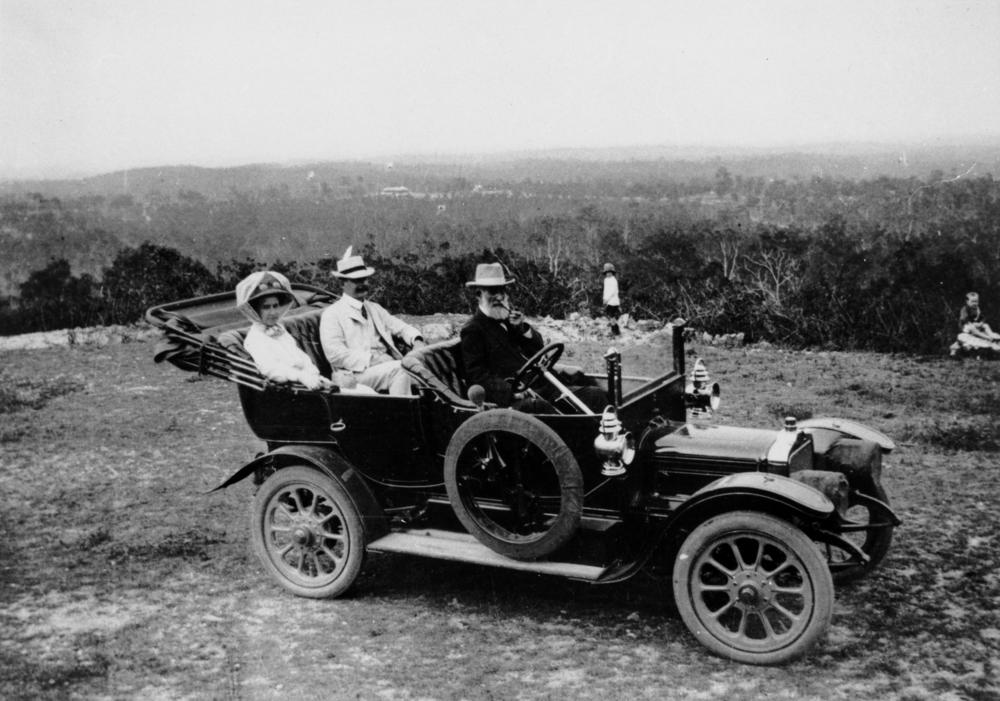Anyone passing by Trinity College on February 18th, around 2:15pm “might have noticed two wagonettes” filled with “girl students coming out the gates and passing down Sackville street”, The Irish Times reported in February, 1916. The Junior Sophisters were en route to the Dunsink Observatory for a visit to compliment their study of astronomy. The Trinity party was received by astronomer royal, Professor Plummer, and his assistant. In the observatory the group saw objects such as a French telescope called an equatorial, although it was no longer in use.
Another object to be seen in the observatory was a telescope, impressively “worked by electricity so as to move the same direction and rate as any particular star. Fastened to the end of this long tube is a large camera, so fixed as to photograph the heavens automatically”. The observatory also featured a clock which kept the standard time in Ireland and was connected to several other Irish clocks, including that of Trinity College Dublin. Trinity’s clock was discovered to be four seconds slow for the first time in five years. The group was then “entertained to tea, a pleasing function which concluded a most pleasant and profitable afternoon”, The Irish Times wrote.
An inquest into a motor car accident was also heard in February. The hearing, which took place at St. Vincent’s Hospital, regarded the death of 19-year-old Walter Hyder, an engineering student of Audley House. Mr Hyder “was accidentally knocked down by a motor car driven by Surgeon Blayney” and was killed instantly. Surgeon Blayney stated that he had seen the cyclist yet “judged from the pace at which he was going that he would have cleared [the] car before I reached him”. The inquest heard that the car was travelling at a speed between thirteen and fourteen miles per hour. Due to Surgeon Blayney’s multiple attempts to avoid the collision, the jury returned a verdict of accidental death and expressed their sympathies to the relatives of Mr. Hyder.
Dublin’s Court of Appeals heard the case of Judge V. Harrel. The plaintiff, who “was bayoneted three times” was represented by a Mr T. Healy. Soldiers attacked the gun runners, Harrel among them, “in order to prevent the introduction of arms and ammunition which had been landed at Howth”. The bayoneting incident had occurred at Clontarf where police and soldiers collided with the alleged gun runners. The appeal was unanimously dismissed by the court.
A meeting of the management committee in Dublin Castle’s Red Cross hospital also took place with vice-president, Sir John Lynch, presiding over the meeting. A letter sent from the American Red Cross was read at the meeting as their branch had sent materials including, “bandages, absorbent cotton, adhesive plaster … and surgical supplies”. The committee expressed their utmost thanks to the American Red Cross society for giving the required items to the hospital. It was also reported that patients at the hospital, “had organised a most successful concert for the staff and friends in recognition of the kindness” shown to them. The patients also presented Alderman Moran and a Mr. Jones with a silver cigarette case and matchbox as a token of gratitude.







